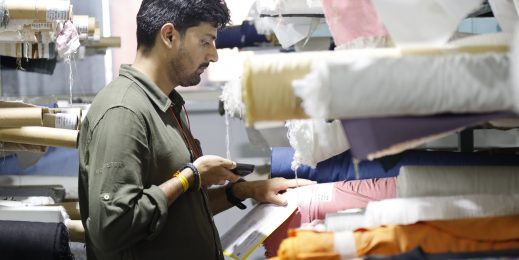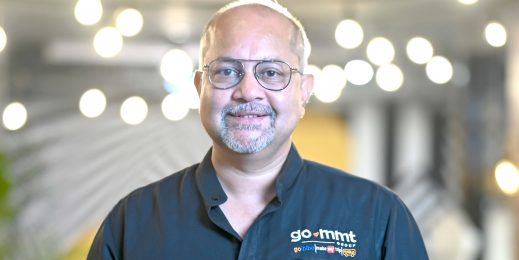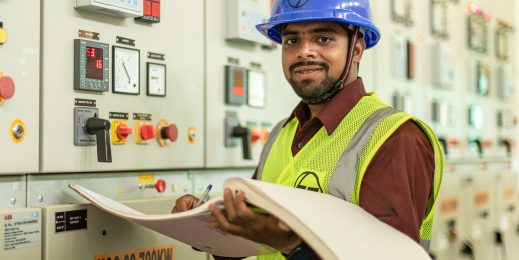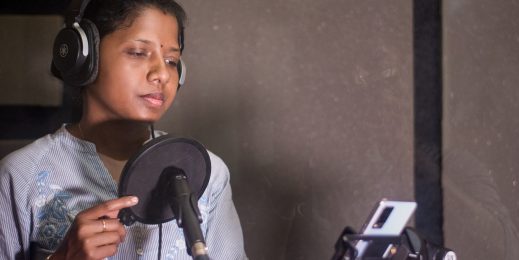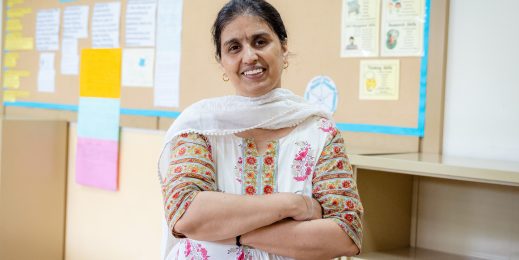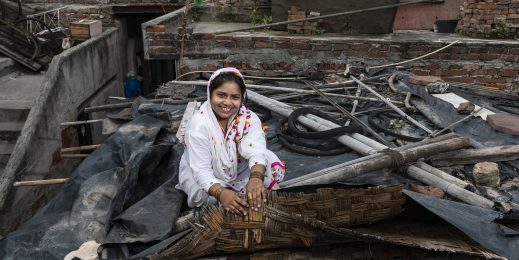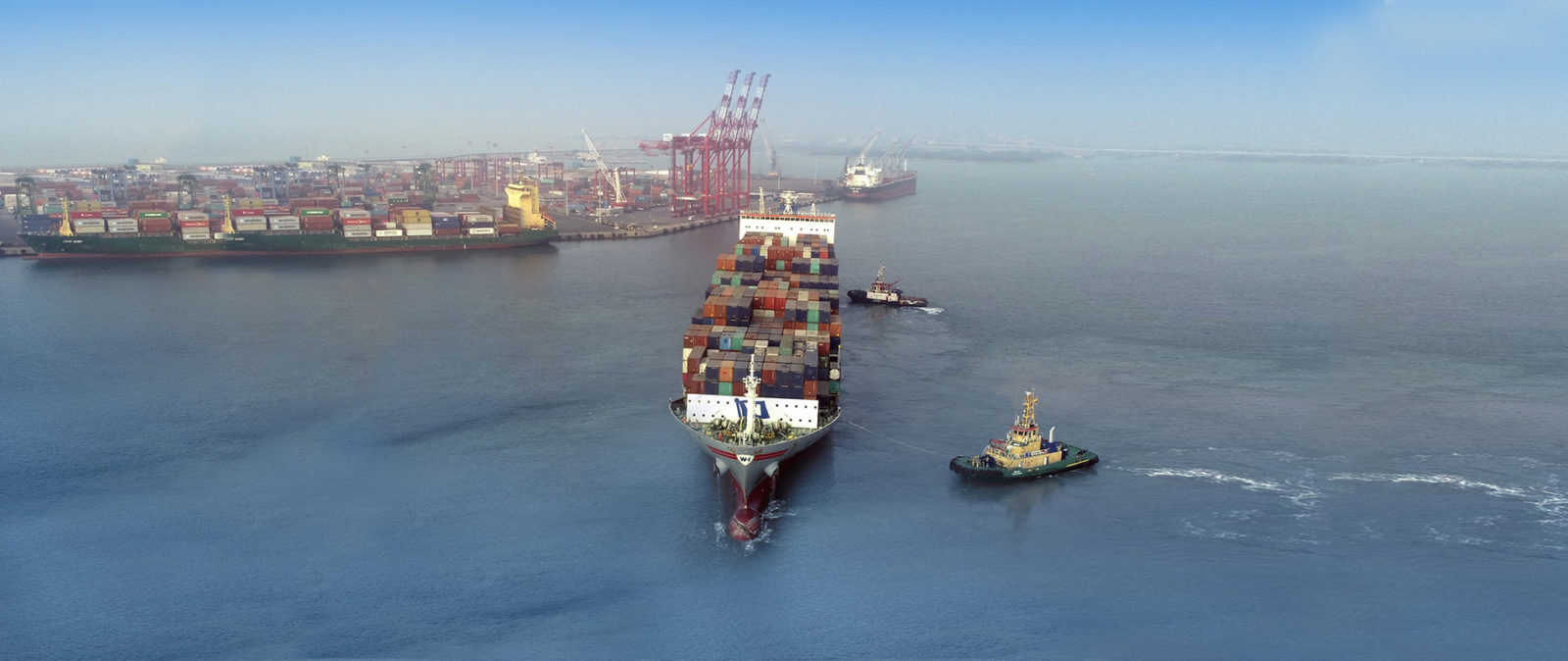
From Azure seas to the cloud, one Indian port is setting new standards for ease of doing business
Nearly 2,000 years ago, Claudius Ptolemy referred to Sosikourai as a center for pearl fishery. Known today as Thoothukudi, the port town in Tamil Nadu is still renowned for its pearls. It is also home to one of the major all-weather ports in India, V. O. Chidambaranar Port Trust (formerly Tuticorin Port Trust) and the fourth-largest container terminal in India.
“The V. O. Chidambaranar Port Trust handles over 34 million tonnes of cargo every year. Among 1,350 vessels, more than 550 container vessels berth at the port every year, offloading and on loading as many as 1,568 containers,” says J David Raja, President, Tuticorin Container Freight Station (CFS) Association.
Located strategically close to the East-West international sea route, traffic at the port has increased by 25 percent in the last five years. With burgeoning traffic, the port faced operational challenges.
Any container that enters the port from the Container Freight Station/Inland Container Depot (CFS/ICD) has to go through as many as 10 different stakeholders before it can be loaded onto a cargo vessel. What’s worse, with stakeholders having their own documentation processes, a single container could have as many as 40 documents, more than 100 annexure copies, and 120 signatures.
The tedious processes meant that a truck carrying a container from the CFS/ICD to the port would have to wait for as long as 3 hours- just to get inside the port’s gate, an average distance of just 20 kilometers. The trucks would then dwell for more than two and a half hours inside the port as everything from shipping bill verification to container sealing and customs checks had to be done manually.
“A port is a premium place for containers. The higher the dwell time or wait time at a port, the higher is the cost for everyone involved – the port authorities, the shipping lines, the exporter or importer,” Raja explains.
The V. O. Chidambaranar Port Trust handles over 34 million tonnes of cargo every year. Among 1,350 vessels, more than 550 container vessels berth at the port every year, offloading and on loading as many as 1,568 containers.
-J David Raja, President, Tuticorin Container Freight Station (CFS) Association
All hands on deck
Raja’s concerns were not misplaced. The port authorities, other CFS/ICD companies, and transporters were echoing similar thoughts. Documentation was turning out to be tedious as many stakeholders in the system still used manual entries on paper, that were digitalized later and were prone to errors. The customs team had no visibility on the shipments being exported or imported till the containers reached them, which meant a loss of time.

The V. O. Chidambaranar Port Trust reached out to Kale Logistics Solutions, a Microsoft partner focused on the logistics industry, to find a digital solution.
“We wanted to build a single-window platform where information from all relevant parties would be captured digitally and made available to any entity that required it. We called this platform CODEX – Container Digital Exchange,” elaborates Vineet Malhotra, Director, Kale Logistics Solutions.
Given that traffic at ports could be seasonal and subject to global, economic factors, it was critical that the platform could scale up or down easily. Malhotra knew that the best foundation for the platform was moving to the cloud.
“Given the strategic national importance of ports, there are elements of data security, safety, reliability that come into play. We also considered the traffic seasonality that ports have and needed to optimize on cost during non-peak times. Therefore, we decided to go with Microsoft Azure for its ease of deployment, support, security, scalability, and cost optimization,” he explains.
Full steam ahead
Kale Logistics Solutions deployed the first instance of CODEX within three months from starting the project. CODEX provided a digital gate pass for containers–a single digital document that was mapped to individual containers via a barcode—that was accessible to every stakeholder to view and fill. As a container moved from one checkpoint to the other, a combination of desktop systems, mobile apps and scanners would ensure that the information from the digital gate pass is directly read.
This information was then available to a port gate officer or a customs officer who didn’t have to do a physical verification of the documents. The availability of information in advance allowed seamless movement of the container from the CFS hub to the port.
Impressed by the seamlessness of the platform and the resultant time savings during customs clearance, customs officials had put up a public notice to use CODEX for all container movement at the port.
As CODEX got popular among various stakeholders, they started requesting for new features. Traders complained about the turnaround time for GST refunds, which could be as high as 90 days due to inaccuracies in documentation, affecting their liquidity. Could CODEX come to their rescue too?
Given the strategic national importance of ports, there are elements of data security, safety, reliability that come into play. We also considered the traffic seasonality that ports have and needed to optimize on cost during non-peak times. Therefore, we decided to go with Microsoft Azure for its ease of deployment, support, security, scalability, and cost optimization.
– Vineet Malhotra, Director, Kale Logistics Solutions
Smooth sailing
CODEX unlocked multiple benefits that have not been experienced in any other port in India. Truck drivers only have to carry a printout of the digital pass instead of multiple documents and now trucks are able to enter the port in a couple of minutes instead of spending more than half-a-day waiting for their turn.
Once inside the port, the containers no longer spend hours going from one stop to another as stakeholders simply scan the digital pass and can see the entire history of the contents of the container, enabling seamless transitions.
With all the data being digitized, it reduced documentation errors significantly and Kale Logistics integrated the GST refund system into CODEX.
“We saw that when refund claims were filed from the system, there was an accuracy of about 95 percent. Consequently, the customs department processed these refunds faster, and refunds started flowing in less than a week, which is comparatively better than three months or more,” says Malhotra.
The platform has had an additional benefit. With trucks spending less time with every container, their fuel consumption has come down from 15 litres to just 8 litres. “The port has been able to cut down carbon emissions by 75 percent, and we’re glad that we’re able to do our bit in the fight against climate change,” says Raja.
“VOC Port is witnessing a phenomenal surge in container traffic and the game-changing ‘Ease of Doing Business’ through several measures including CODEX has enabled seamless flow of digital information. The port is witnessing smoother and faster terminal operations, least dwell time of containers amongst major ports in India, seamless system integration of terminal gate access, reduced vehicle pollution and has also and has also eliminated repetitive paper works,” says T.K. Ramachandran, IAS, Chairman, V.O. Chidambaranar Port Trust.
CODEX has been so successful that it’s won the International Trade Facilitation Innovation Award at the Asia-Pacific Trade Facilitation Forum 2019 recognized by United Nations (UNESCAP) & Asian Development Bank, beating other entries from across the world that include China and Korea. The solution is now being evaluated for implementation at other ports in India.
“Quick IGST refund, live container track and trace mechanism, seamless container movement and high transparency add to the nation’s image in terms of ease of doing business. That’s why the Ministry of Commerce, and the Ministry of Finance, are considering to replicate this success across the country,” a beaming Raja says.







